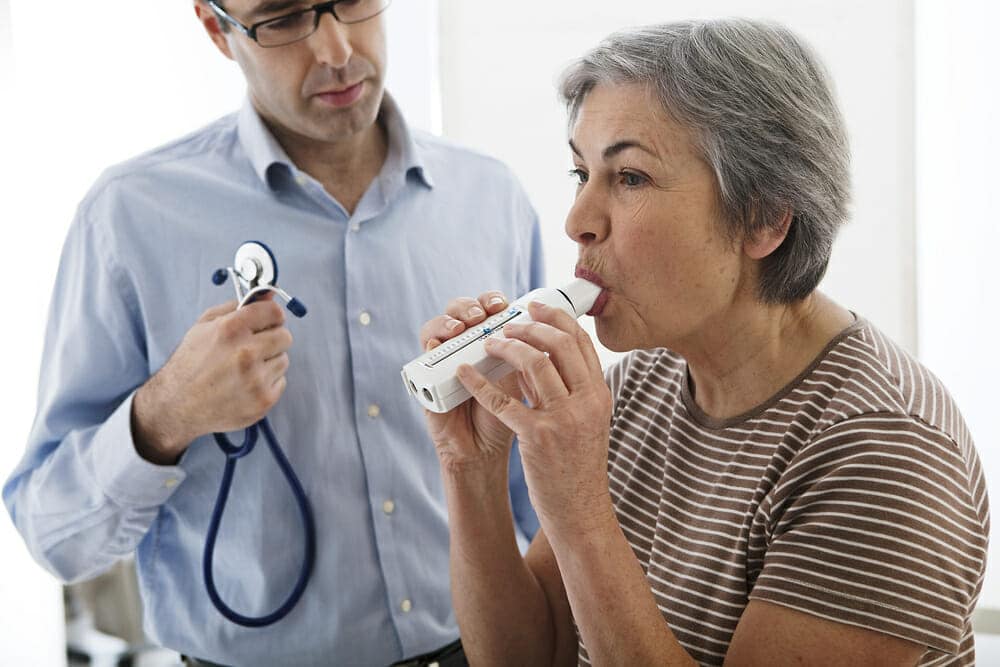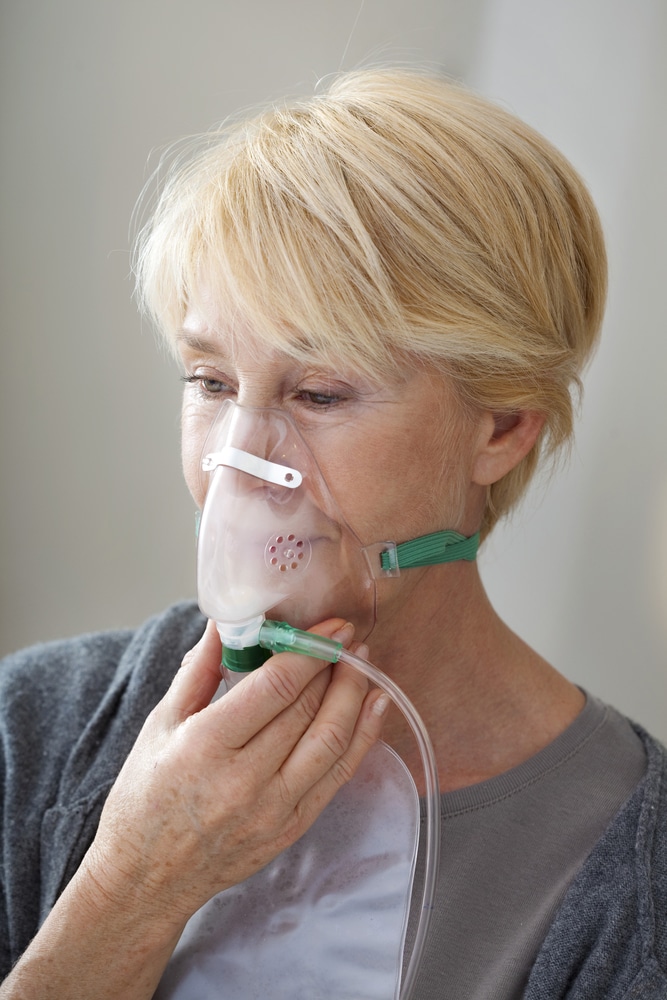COPD, otherwise known as chronic obstructive pulmonary disease, affects an estimated 16.4 million people in the US. It is the third leading cause of death in the States — but when it is caught early, there are plenty of ways to effectively treat and manage the disease.
Treating COPD
It’s important to know that COPD is currently chronic, so no matter what treatment you receive for the disease, it will never fully go away. With that said, there is no reason to live uncomfortably or painfully with COPD. You should focus your treatment plan on prolonging your life, preventing flare-ups, and staying as physically and mentally healthy as you can.
The most common treatments for COPD, and methods of reducing COPD symptoms, include the following:
1. Medication such as Bronchodilators
Bronchodilators are usually administered through an inhaler. Their role is to relax the muscles in your airways, helping air to reach your lungs more easily. When you use your inhaler, it will deliver the medication straight to your lungs, which will help you to benefit the most from the drugs.
There are two types of bronchodilators available: short-acting and long-acting bronchodilators. Short-acting bronchodilators are designed for maximum use of 4 times per day, and can be used when you feel breathless. Long-acting bronchodilators, as the name suggests, can benefit your lungs for longer, so you only need to use them once or twice a day.
2. Taking Tablets
In some circumstances, inhalers might not be effective enough to deliver the medication you need. In this case, your doctor might prescribe you with tablets for reducing the swelling in your airways, as well as medication for treating your cough and loss of energy, when appropriate.
3. Oxygen Therapy
If your COPD prevents you from absorbing the right amount of oxygen into your bloodstream, you can use oxygen therapy to provide you with the supplemental oxygen that you need. Oxygen therapy can be used on occasions when you need it most, like after exercise, or all the time.
4. Management from Home
Aside from treatment, you can learn to reduce your symptoms through your own actions at home. Stopping smoking is an absolutely essential first step towards keeping your condition under control. As COPD is mainly caused by smoking, you’ll never be able to manage your symptoms if you continue to smoke while your lungs are in such a weakened state. Quitting smoking isn’t easy, so reach out to your doctor if you need practical support and quitting techniques.
5. Amending Your Diet
You might be surprised to know that the foods you eat on a daily basis can affect your breathing ability. Making sure to eat the right combination of nutrients in your diet can actually help you to keep on top of your COPD. You may want to meet with a nutritionist, who can create a meal plan for you based on your medical needs and the foods you enjoy. They can also help you to lose weight, if that happens to be contributing to your breathing difficulty.
There are plenty more ways to manage your COPD symptoms from home, and none of them are too challenging. You can find out more about how to manage COPD at Sensoronics.
Discussing COPD with Family
While you might be the one with COPD, that doesn’t mean your illness won’t emotionally affect those closest to you. Though it might feel difficult, it’s very important that you are open and honest with your family members about your COPD, including your treatment going forward, and any challenges for them to be aware of.
It’s equally important that your family is there to support you after your diagnosis. You will most likely experience every emotion under the sun after learning that you have COPD, including anger, sadness and fear. It’s not fair on yourself to keep these feelings locked away, and it will help tremendously if you share your problems with a loved one.
Over the years after your diagnosis, you may need the support of your family and friends during your low periods with the disease. Some of these periods may be shorter and more temporary, while others may be slower in progression, but are unlikely to go away.
The best way to respond to any challenge is with the appropriate action — and the most optimism you can muster up. There are always ways to enjoy happy times with your family, even if you’re no longer able to participate in activities that once felt easy to you.
You may need to revaluate your family plans as your illness continues to progress. Encouraging your family members to be flexible and open-minded is key. There is no reason why you should stop participating in family events altogether — it’s simply about working together to determine something that’s best suited to your current situation.






Reply